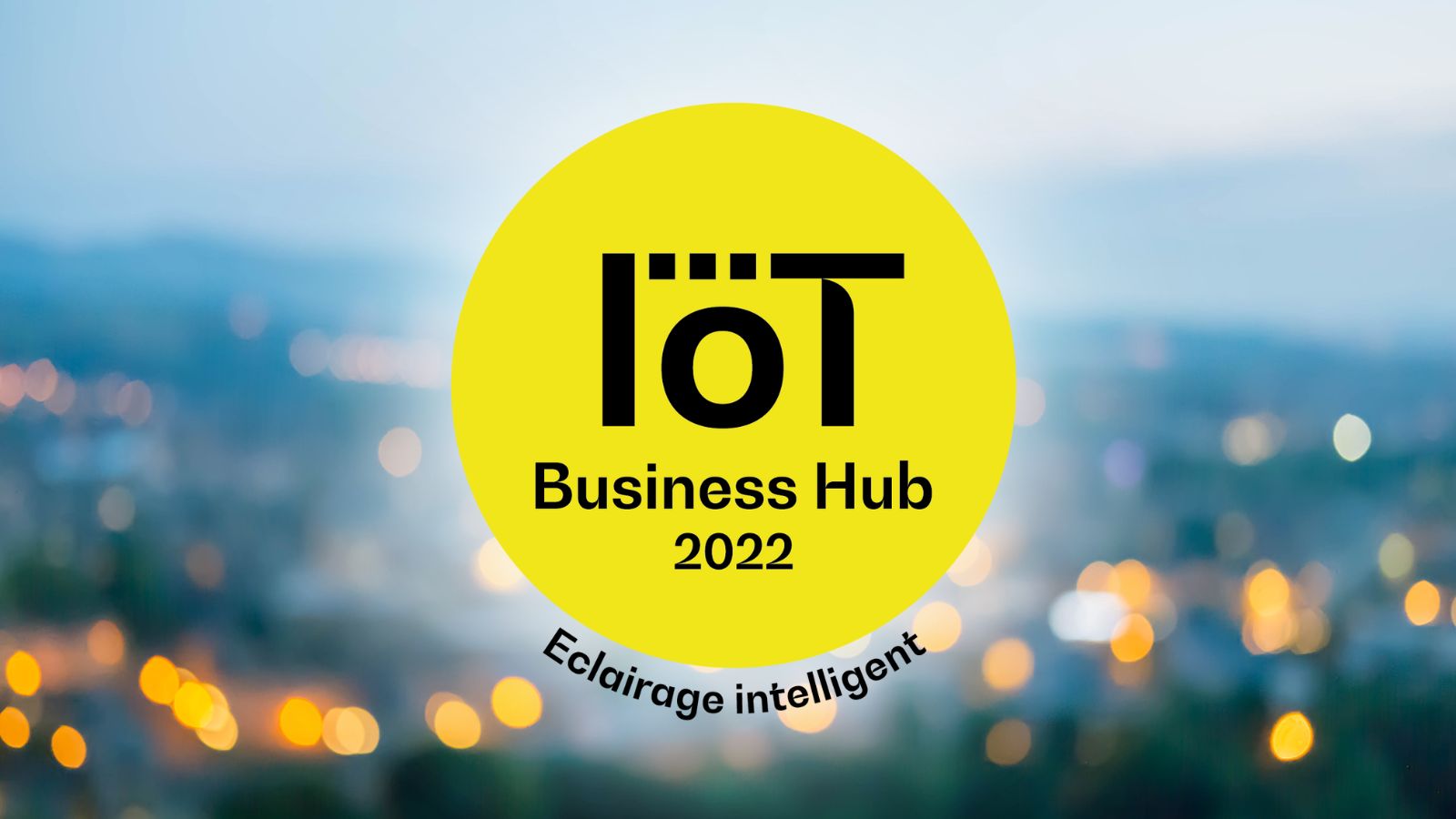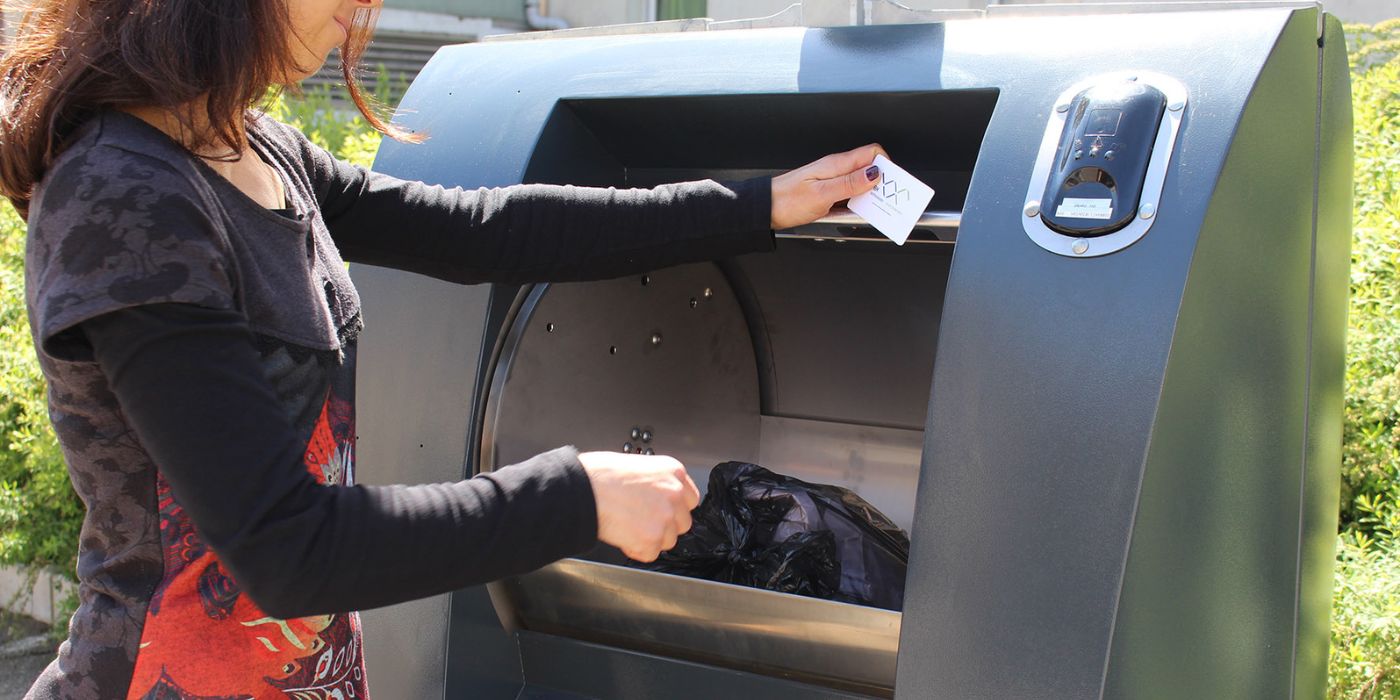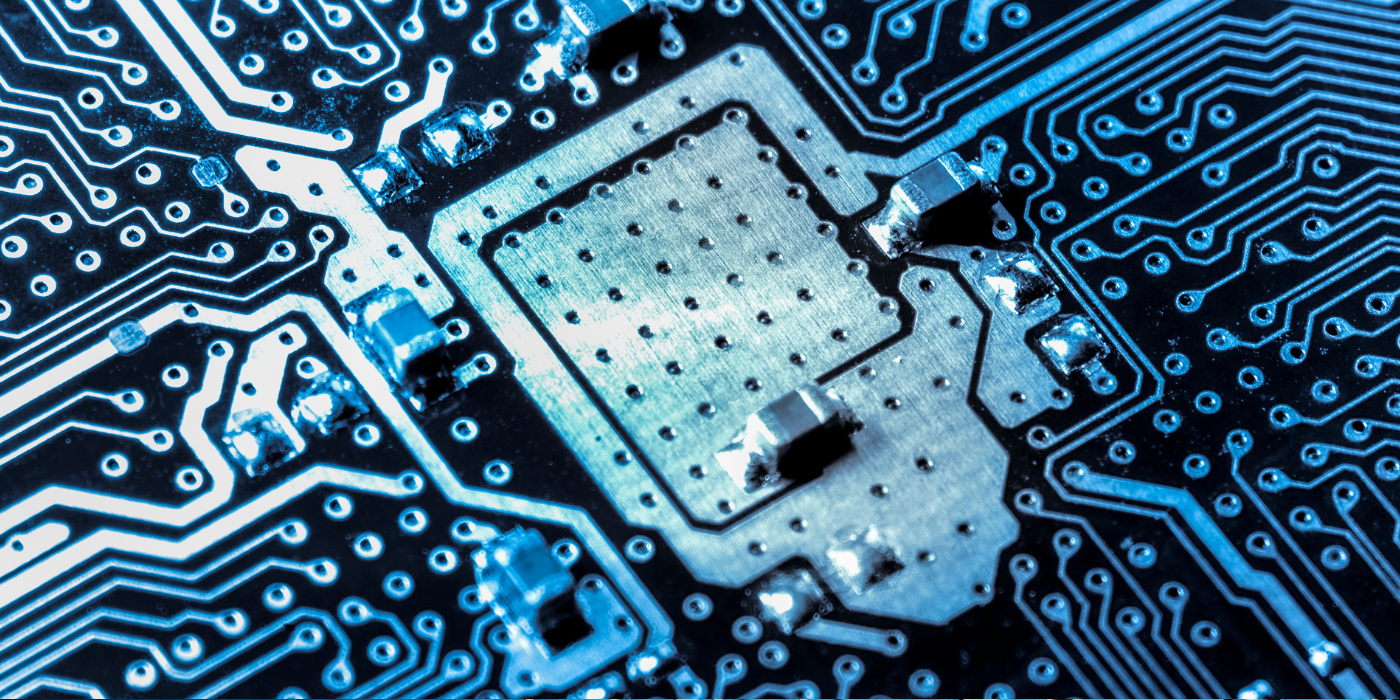Earth Day, IoT, & Sustainability
Earth Day, IoT and Sustainability
As we near Covid-19’s first anniversary and today is Earth Day, it is a good moment to take stock of what we are grateful for, what has changed, the challenges before us, and how IoT can help improve our situation.
Like many of you, Covid-19 has altered my life perspective. I am now more appreciative of simple things like family health and seeing an ample stock of flour at the supermarket after a brief shortage early during one lockdown.
Covid-19 has changed everything. Work. Our social lives. Consumer habits. How we greet each other? No more hugs ☹. My children’s scholarity. But mostly like 9/11, there is an awareness of fragility and innocence lost.
Finally, if you’ve read anything about Covid-19 and viral outbreaks, you know this will not be our last epidemic. Many of the challenges humans face, future epidemics, climate change, drought, and water management, are unfortunately self-created.
These are serious problems, and we will have to dig ourselves out of these wholes. But the news is not all bad. Crises accelerate change and marshal resources. And if “knowledge is power,” the advent of IoT, Big Data, and AI are going to empower us to make better decisions and use resources more wisely than ever before.
Here are three inspiring use-cases IoTerop’s technology helped enabled over the last year.
Three Eco-IoT Use-Cases
- Sentinum’s Febris CO2 sensor: Sentinum’s battery-operated Febris CO2 sensors limit interior Covid-19 transmission rates by providing air quality indicators like CO2 levels, humidity, and room temperature. The Febris sensor uses 5 G networks NB-IoT or LTE-M networks. They can be installed anywhere in the world in minutes and have a ten-year lifespan in most cases. The benefits? Improved public health, data, and management.
- Beoga‘s smart grid solution: Beoga’s solution lets communities participate in building a better planet by selling energy from distributed energy resources (DERs) like electric cars and solar panels during peak-energy demand. The benefits? Reduced energy costs, CO2 production, and costly energy infrastructure, including grids and relay stations.
- EDMI’s Smart Water Meters: EDMI is working hard to furnish Australia, the driest inhabited continent, with a large part of the ten million smart water meters expected in the next few years. These meters will help reduce waste and operational cost of the world’s most important resource, and in Australia, because of costs, the lion’s share of smart water meters will use LwM2M and NB-IoT.
Although these are three highly divergent use-cases, their impact is immediately understandable.
If this is not the last epidemic, every classroom and office should have a CO2 sensor.
Given what we know about CO2, climate change, and the costs of building and maintaining electricity grids, shouldn’t we be doing everything within our power to leverage DERs and reduce CO2 production?
Water is critical not just to life but sustainable economic development as well. Precipitation patterns are changing around the world, making managing this precious resource all the more critical.
IoTerop’s Mission
At IoTerop, our mission is to reduce the costs of building, deploying, managing, and exploiting data from these objects so that common sense and not cost dominates discussions.
IoT solutions can help solve significant environmental problems but to accelerate innovation, extract all the benefits, and make IoT equitable, we must reduce three cost factors:
- Development costs: today, IoT solution development remains the domain of specialists. Reducing cost and complexity enables innovation and less costly end-solutions, making price less of an adoption issue. The logic is straightforward the lower the costs of the Febris unit, the wider the likely adoption.
- Operational Costs: from minimizing the network and cloud infrastructure resources needed to report data to device management services required to securely commission and manage the devices with the fewest human interventions possible, the lower the operational costs, the less cost limits adoption.
- Exploiting Data: water utilities and consumers can benefit from the accumulated data smart meters provide, but there is a secondary benefit. Standardized data formats decrease data exploitation costs. For example, if all smart meters used the same data format, water researchers could access worldwide water data with just a few mouse clicks helping us make better decisions.
Conclusion
Can morality, ecology, and profits co-exist? We at IoTerop believe so and find inspiration in these concepts.
IoTerop is a significant contributor to the LwM2M standard, and IoTerop co-founder David Navarro is an Open Mobile Alliance SpecWorks board member the people working to define LwM2M.
These are the values behind our products. Our IOWA SDK for IoT development and ALASKA device management platform help organizations make the most efficient IoT solutions. Our hope is that great ideas can help us build a more efficient world.
Need more convincing? Simon Schrampfer, an embedded developer and CEO of Sentinum, the company behind the Febris, said recently, “Other people talk about efficiency, but IoTerop is clearly superior in terms of cutting time-to-market and device-side energy-efficiency. I have looked at and used nearly everything, and it is not even close.”
Why does this matter? Because there are ideas out there, maybe yours, that can change the world.
Webinar
Sign-up for IoTerop’s upcoming webinar Smart Metering: Challenges and Opportunities where we’ll talk about smart metering’s role in managing water resources.


